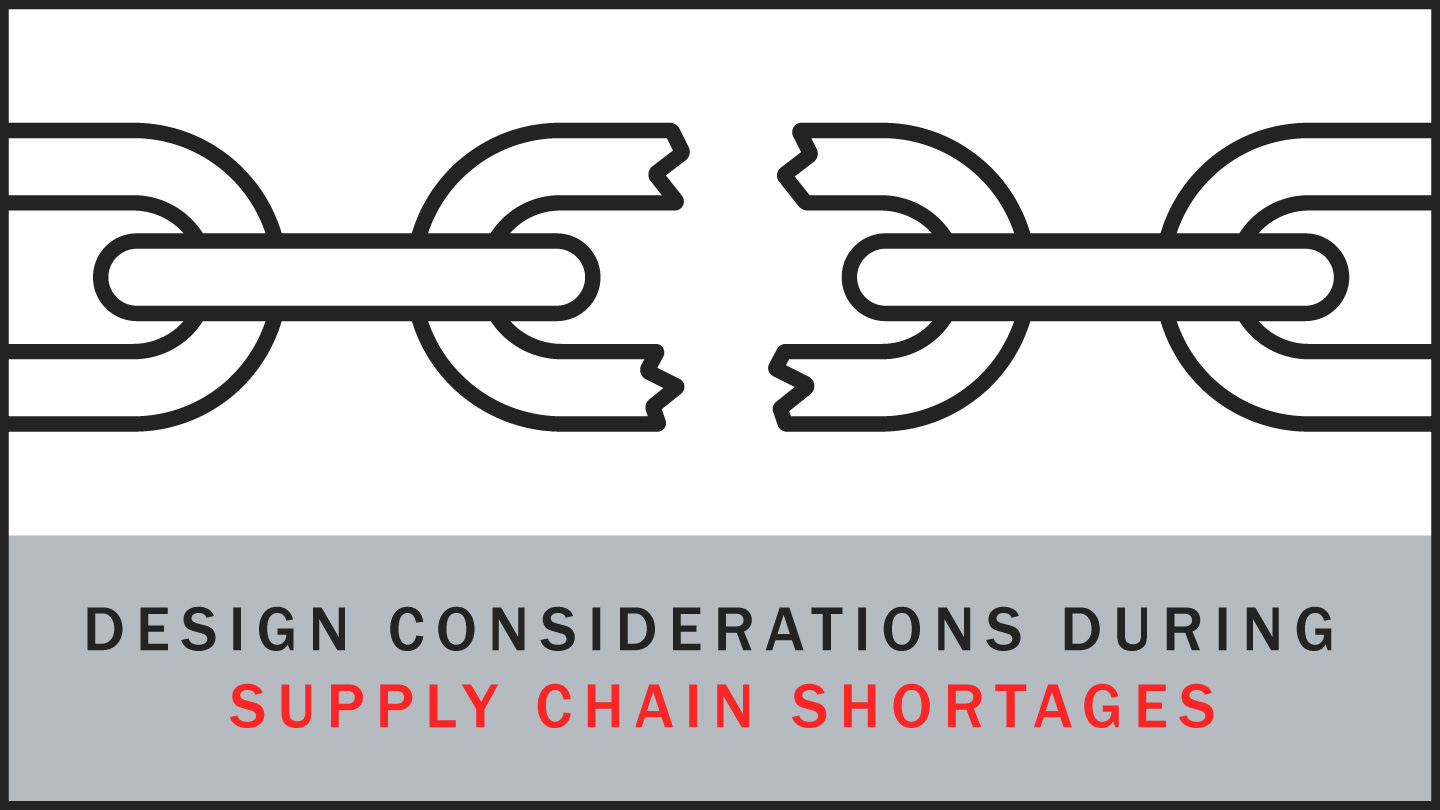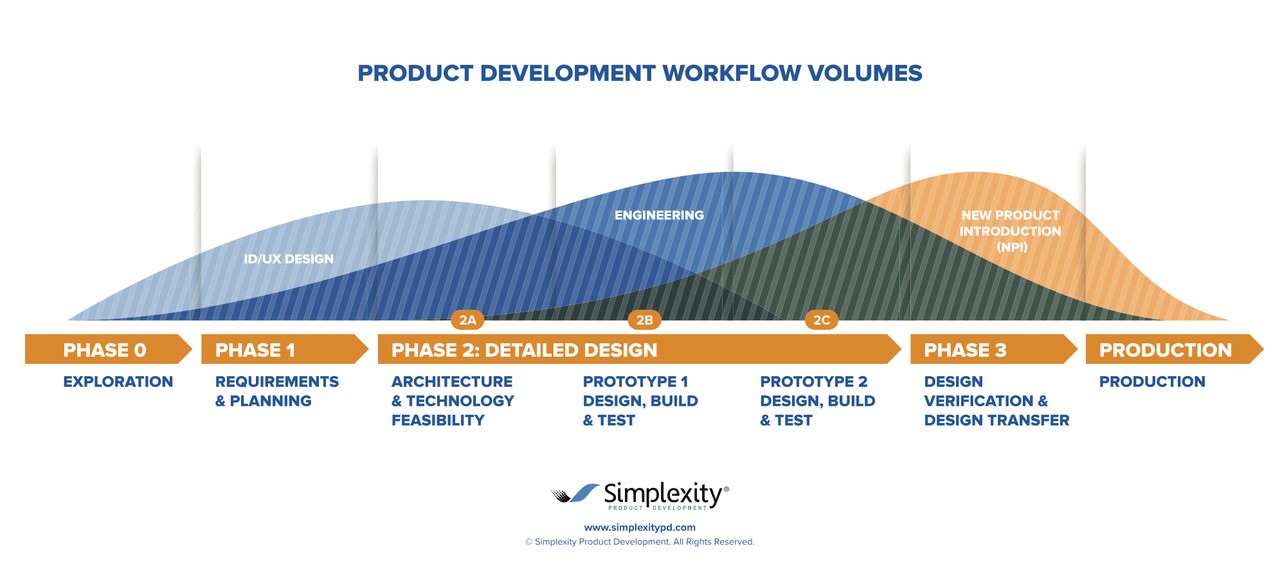After a second full year of the pandemic, supply chains for numerous goods, components, and materials continue to be in crisis. The importing companies of the Port of Los Angeles, the largest U.S. port, have had record queues of cargo ships backed up, at times greater than one hundred, due to labor shortages of dock workers and truckers. Every step of the supply chain has been affected by this pandemic — no matter where in the world. The effects of variability in demand at the end of the supply chain can create a “bullwhip effect” coined first by Dr. Hau Lee, a Stanford University professor in the 1980’s. In essence, this variability in demand moves upstream in the supply chain, thus becoming even worse than expected with overordering and hoarding behaviors link by link.

Containers wait to be loaded at the Long Beach port as cargo ships sit idle in the distance on 16 October, 2021. Photograph: VCG/Getty Images
Consumers and companies continue to have expectations of super-short shipments. Increasingly unrealistic as it may seem, we, as consumers, have been conditioned to expect many home deliveries to our doorsteps within a day or two of ordering.

Strategies to Help Mitigate Supply Chain Risks
How does this work for new product development? What are the new strategies and risk mitigations to continue to bring product innovation, excellence, and reasonable price points to customers?
Designing a new product can be a monumental task, but there are strategies and services such as New Product Introduction (NPI), that can be employed to help better anticipate possible supply chain issues. If supplies are constrained or unknown, risk mitigation plans, stopgaps, and creative thinking to develop innovative solutions to supply chain problems can be employed.
By working closely with the procurement departments of contract manufacturers, engineering teams can often minimize project schedule disruptions by anticipating needed workarounds sooner.
Intentional and comprehensive supply chain management strategy and communication between teams, vendors, and other client stakeholders throughout the design process, is critical to effectively paving the way for smoother handoffs between design and manufacturing.
Drawing from longer term engineering experience, breadth of knowledge across disciplines, and steps outside traditional information routes for sourcing, can enable projects to move forward. Simplexity engineers, NPI leads, and project managers have enabled risk mitigation plans, better assurance of supply than expected, and successfully met clients’ needs for on time innovation and development through the following actions. You too can use these strategies to help mitigate supply chain risk during your product development effort.
- Just after the concept phase of development, Phase 2A Architecture & Technology Feasibility in the phase diagram below, the overall design direction has been chosen. This is the time to start researching types and packages of components that have started to show long lead times, shortages, or no known availability. It helps to have numerous ongoing projects across several industries or to leverage knowledge about component supply from one project to another.
- Some products will need to be designed, redesigned, or reconfigured to account for what is available. Electrical components, board assemblies, and chips are in common adverse status. Newer inventions like electric cars and trucks are new competitors for these common components. Stay on top of these sourcing situations, learn about how these parts are getting used in new ways, and make time to check–in more often. We have found that some suppliers are only giving 14 day quotes opposed to the standard 30-day, with no guarantees for future supply.
- When possible, leave more room on printed circuit boards for several layout options and then complete the design for a particular chip or component once you know it is available. While this requires a change in mindset from a more conditioned approach of minimizing board size, if project requirements allow for a bit of latitude, this approach could potentially improve production viability.
- Considering a “risk buy” of a year’s worth of the component quantity or even the projected lifetime build quantity is not a new concept. However, it needs to be exercised more frequently when supply chains are at risk. The variables of time–to–market and part cost produce very different outputs for longer term decisions. You may need to buy a large quantity of long lead time or low availability parts that may not be used in the future if the design is changed significantly. This risk is factored into the cost and time to get the product developed and delivered for sale in the market, but is often lower than the risk of having production delayed for months or even years.

- Don’t assume you will have an assurance of supply, that is, what you want, when you want, and at the price you paid last time or are willing to pay. The first level look, like an online quantity, does not always play out. For example, when a component vendor shows a quantity expected in the future, those dates are estimations and may not be realized. In these times, we have found that old-fashioned calls to suppliers and networking have yielded best results.
- Consider previous generations of technology. Usually, you can find the same functionality in something larger from previous generations. Do you have the space? Should you make the space in case you have to go larger? You may need to talk to vendors who want to stay in the market about finding old stock in storage, dusting off old designs or using larger packages. Simplexity electrical engineers have created designs using components that are separate and not integrated into one package or device. Going back to earlier generations of designs and technology has proven beneficial for clients’ schedules to continue without losing precious months waiting on parts.
- Look at all part sources and drive to find strong second sources. There are still suppliers out there with low to no internet presence especially for low volume components. They rely on relationships, word of mouth, and have not taken the time to do much online. Depending on your desired quantity and phase of development, make sure to weigh the benefits and risks of using smaller suppliers. Alternately, online auction houses may help solve short term or research project answers quickly for small builds, concepts, and prototypes. Beware that using short-term solutions must be understood by looking into the future with a good understanding of the client’s long-term forecasts for manufacturing build quantities.
- As with significant change in environments, new business opportunities pop up. New services are springing up in this industry delivered by database platform and search engine enterprises who offer part sourcing apps and services. They take on the Bill of Materials, sort out the critical components, find suppliers, costs, and lead-times. They also keep track of the availability and cost over a contracted time period. Expect to see more of these services crop up as the demand is high.
Simplexity engineers have successfully used these techniques to address supply chain challenges and create robust sourcing plans far earlier than ever before. By taking similar design considerations into account during supply chain shortages, you can better prepare for unexpected delays that could affect your product development schedule. If you need help overcoming supply chain challenges you might be facing, reach out to our engineering team to see how we can help you meet your product development goals.


